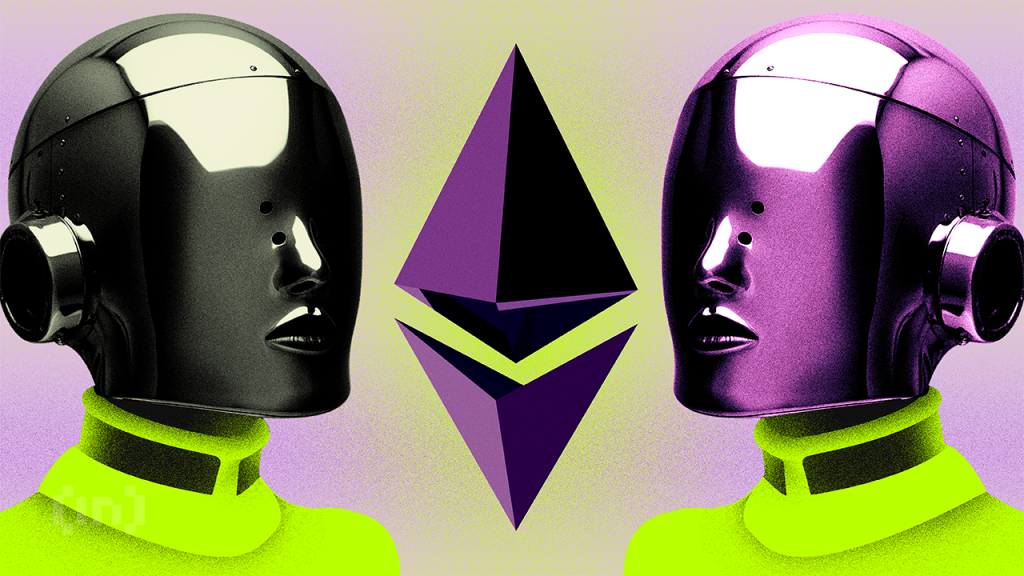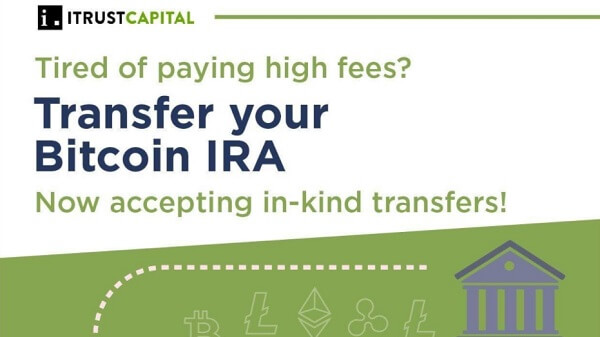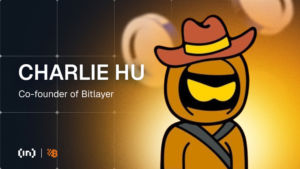New Ethereum Testnet “Holesky” Set to Launch in September

With the Goerli testnet set to retire next year, a new Ethereum testing network dubbed “Holesky” will launch next month.
Following the Ethereum tradition of naming testnets after train stations, the name Holesky is derived from Nádraží Holešovice, a metro station in Prague.
So Long Goerli, Hello Holesky
There are two commonly used Ethereum testnets — Goerli and Sepolia.
The older of the two, Goerli, was launched in 2019. Since then, it has become a popular testing environment among Ethereum developers. By providing a space for experimentation, Goerli is used to try out new ideas without spending on gas fees and to iron out bugs before a Mainnet release.
While Goerli has been invaluable to the growth of the Ethereum ecosystem, the testnet will be retired in January 2024. And in recent months, the Ethereum Foundation has been encouraging developers to transition to the newer Sepolia in anticipation of Goerli’s upcoming redundancy.
However, before then, a new testnet will enter the family. And during a meeting this week, Ethereum core developers confirmed that Holesky will have its debut in September.
Although Holesky largely resembles Sepolia in design, it is intended to be used more for infrastructure and protocol development. Meanwhile, Sepolia will remain the go-to testing ground for Ethereum-based applications.
Large Cap on Holesky ETH Supply
One of the main advantages of Ethereum testnets is that they run on parallel currencies rather than Mainnet ETH. For example, Goerli uses GoETH.
Test tokens are available free to developers. However, on Goerli, their distribution is prone to bottlenecks. Due to the limited supply of GoETH, most Goerli faucets restrict the amount developers can receive daily.
To remedy this problem, Sepolia has no hard cap on the total amount of tokens in circulation. As such, faucet providers are able to provide developers with much larger amounts of SepETH.
Unlike Sepolia, Holesky will have a fixed supply of testnet tokens. However, at 1.6 billion, the cap will still be much larger than the total supply of Mainnet ETH, which currently stands at around 120 million.
Disclaimer
In adherence to the Trust Project guidelines, BeInCrypto is committed to unbiased, transparent reporting. This news article aims to provide accurate, timely information. However, readers are advised to verify facts independently and consult with a professional before making any decisions based on this content.













